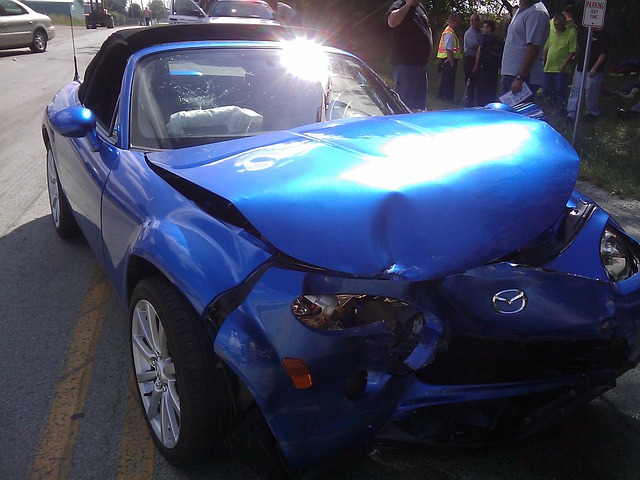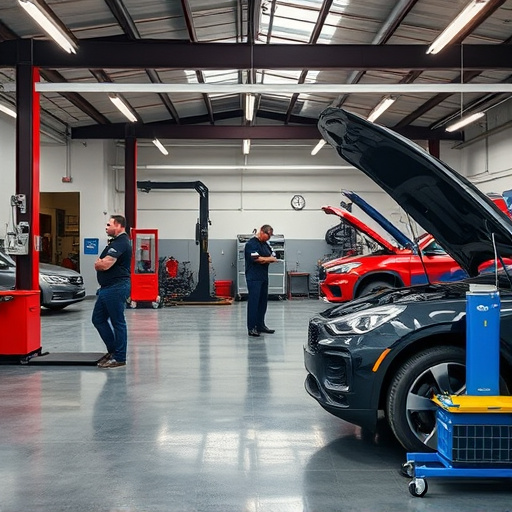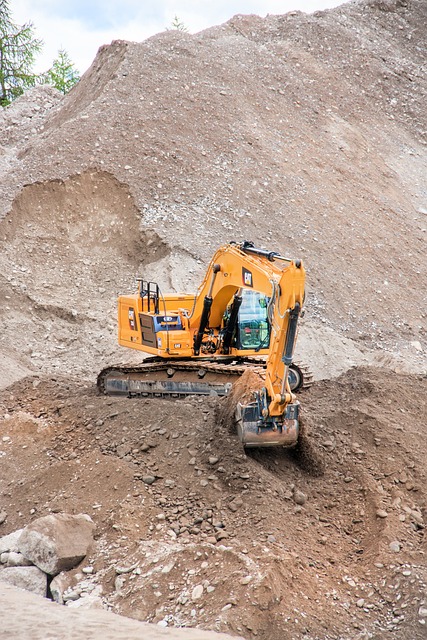Tesla's over-the-air diagnostic support revolutionizes vehicle maintenance by enabling remote troubleshooting and error code analysis using wireless technology. This innovative feature streamlines issue identification, often eliminating costly and time-consuming visits to service centers for minor issues and routine maintenance. Advanced sensors and historical data allow expert technicians to diagnose and potentially repair a range of problems remotely, enhancing vehicle performance and longevity while reducing unnecessary repair costs. However, complex tasks may still require in-person attention.
Tesla’s over-the-air (OTA) diagnostic support has revolutionized vehicle maintenance, enabling remote troubleshooting and efficient error code reviews. This innovative feature allows owners to access real-time data and receive assistance from professionals without physically visiting a service center. By leveraging OTA technology, Tesla can swiftly identify issues, provide solutions, and ensure optimal vehicle performance. In this article, we explore how this system works, the benefits it offers, and the challenges faced in remote troubleshooting.
- Understanding Tesla Over-the-Air Diagnostic Support
- How Error Codes Are Generated and Reviewed
- Benefits and Challenges of Remote Troubleshooting
Understanding Tesla Over-the-Air Diagnostic Support

Tesla’s over-the-air diagnostic support is a revolutionary feature that allows owners to access remote troubleshooting and error code analysis for their vehicles. This innovative approach streamlines the process of identifying and resolving issues, often eliminating the need for costly and time-consuming visits to service centers. By leveraging wireless technology, Tesla can provide real-time updates and diagnostics, ensuring quick resolution times.
This feature is particularly beneficial for addressing minor issues or routine maintenance without subjecting the vehicle to extensive physical inspections. It offers a modern solution to traditional automotive repair methods, potentially reducing instances of unnecessary car damage repair and collision repair while enhancing overall vehicle performance and longevity.
How Error Codes Are Generated and Reviewed

Tesla’s over-the-air diagnostic support revolutionizes vehicle maintenance by enabling remote troubleshooting and updates. When a vehicle encounters an issue, advanced sensors and onboard diagnostics generate error codes, acting as a unique language that identifies specific problems. These codes are then transmitted to Tesla’s centralized systems for review.
Expert technicians meticulously analyze these error codes, often with the aid of specialized software tools, to diagnose the problem accurately. This process involves cross-referencing symptoms with known issues and comparing them to historical data from various Tesla models. Once identified, whether it’s a minor software glitch or a more complex vehicle body repair issue, appropriate solutions are implemented, ensuring the car returns to optimal performance.
Benefits and Challenges of Remote Troubleshooting

The advent of Tesla over-the-air diagnostic support has revolutionized vehicle maintenance, offering numerous benefits to both car owners and automotive service providers. One of the key advantages is remote troubleshooting, where technicians can access real-time data from a distance, enabling faster diagnosis and potential repairs. This technology eliminates the need for in-person visits, saving time and resources while providing convenience. For instance, if a Tesla owner encounters an issue with their vehicle’s performance, a simple software update or over-the-air fix might be all that’s required without having to visit a physical service center.
However, challenges exist when it comes to remote troubleshooting, particularly in the context of specialized services like frame straightening or collision repair at automotive body shops. While Tesla’s diagnostic tools can identify many problems, complex issues requiring hands-on inspection and intricate repairs might not be effectively addressed remotely. This scenario underscores the importance of a balanced approach, where over-the-air support enhances traditional service methods rather than replacing them entirely, ensuring efficient and accurate vehicle maintenance across the board, including at collision repair centers.
Tesla’s over-the-air (OTA) diagnostic support has revolutionized remote troubleshooting, allowing for efficient and timely error code reviews. By leveraging OTA technology, Tesla owners can benefit from swift vehicle diagnostics without the need for physical visits to service centers. This method not only saves time but also offers cost-effectiveness, especially for minor issues. However, challenges remain, such as ensuring secure data transmission and maintaining customer privacy during remote troubleshooting. As Tesla continues to refine its OTA capabilities, owners can expect even more convenient and reliable vehicle maintenance experiences.














